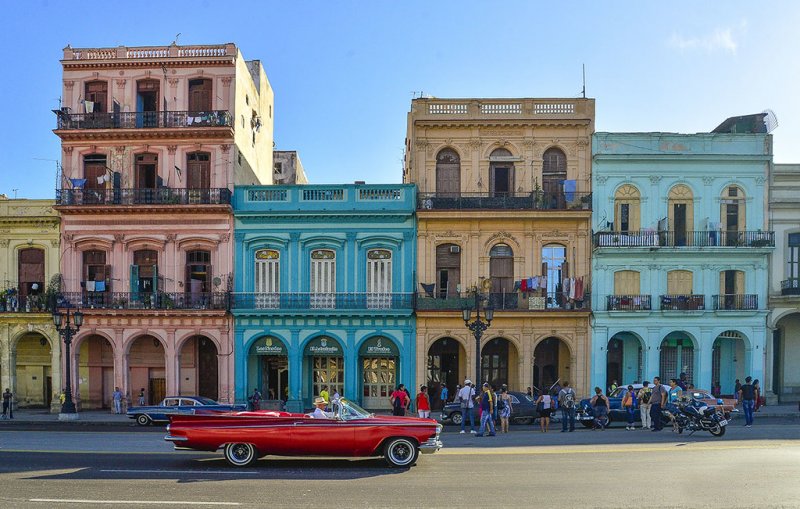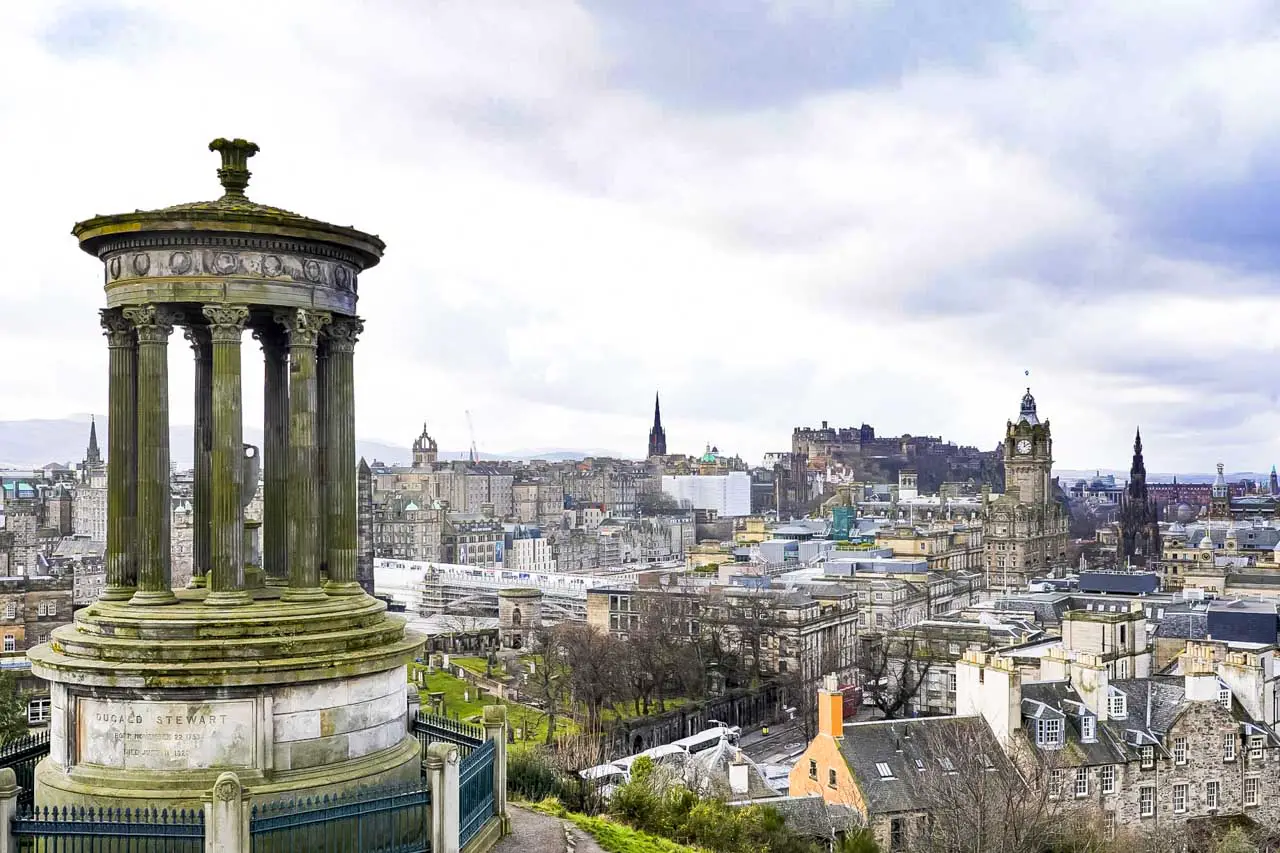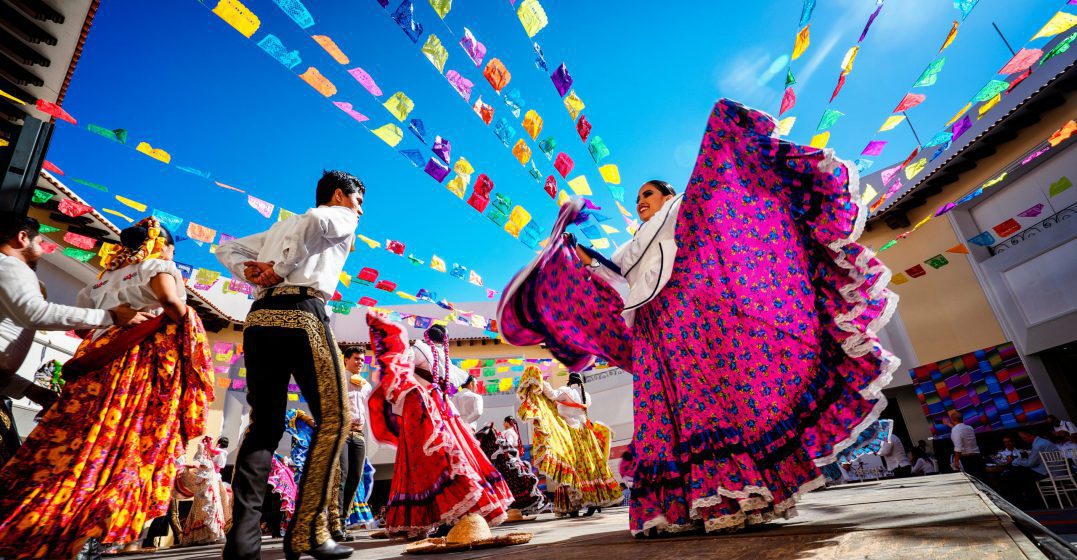When one thinks of Cuba, vibrant colors come to mind – from the azure blue of the Caribbean waters to the pastel-hued colonial buildings that line the streets of Havana. The island nation is a visual feast of colors, each shade telling a story of its rich history, culture, and spirit. Let’s take a journey through the kaleidoscope of hues that define Cuba – a land where every color holds a significance beyond what meets the eye.
Shades of the Sea and Sky
Cuba’s geographical beauty is often synonymous with the enchanting blues of its surrounding seas and skies. The Caribbean Sea, which cradles the island, showcases shades ranging from the tranquil turquoise near the shores to the deep indigo farther out. The azure horizon melds seamlessly with the sky, creating a sense of endlessness and serenity. It’s as if nature itself was an artist, blending these blues to create a masterpiece of tranquility.
Colonial Grandeur in Pastels
Walking through Havana is like strolling through an open-air museum of architectural history. The city boasts a unique blend of Baroque, Neoclassical, and Art Deco buildings, each adorned with an array of pastel hues. Soft yellows, pinks, blues, and greens dominate the facades of these structures, a testament to the colonial era that shaped Cuba’s architectural identity. These colors evoke a sense of nostalgia, transporting visitors to a bygone era where horse-drawn carriages clattered on cobblestone streets.
Revolutionary Reds and Yellows
Cuba’s history is incomplete without its revolutionary spirit, epitomized by the vibrant reds and yellows of the nation’s flags, banners, and murals. These colors symbolize the blood shed and sacrifices made during the struggle for independence and the Cuban Revolution. From the iconic image of Che Guevara’s beret to the bold strokes of revolutionary murals, red and yellow stand as a reminder of the island’s fight for self-determination and sovereignty.
Natural Greens and Earth Tones
Beyond the bustling streets of Havana, Cuba’s lush landscapes offer a different palette of colors. Verdant green sugar cane fields stretch across the countryside, while the dense foliage of tropical forests is a haven for biodiversity. The earth tones of rusty reds and warm browns define the rugged terrain, telling tales of a land shaped by geological forces over millions of years. These natural hues bring a sense of grounding and authenticity to Cuba’s vibrant spectrum.
Rhythmic Rhythms and Dance in Flamboyant Colors
Cuban culture is synonymous with music and dance, and these art forms are brought to life through vivid, flamboyant colors. From the dazzling costumes of salsa dancers to the energetic beats of the conga drums, every movement and note bursts with vivacity. These colors mirror the rhythm of life in Cuba – passionate, dynamic, and spirited.
Socio-Cultural Significance of Colors
Colors in Cuba hold socio-cultural significance that goes beyond aesthetics. Santería, a syncretic religion with roots in Yoruba traditions, assigns specific colors to different deities, each representing a unique spiritual energy. For instance, the color white symbolizes purity and is associated with Obatalá, while the vibrant red represents Shangó, the god of thunder and dance.
Preserving the Palette
Cuba’s unique color palette faces the challenge of time and modernization. While restoration efforts have been made to preserve the iconic architecture of Havana, some buildings still bear the scars of neglect and decay. As the nation navigates the currents of change, there is a collective effort to retain the vivid essence that defines Cuba.
In Conclusion
The colors of Cuba are not just visual spectacles; they’re threads woven into the fabric of its history, culture, and identity. From the tranquil blues of the Caribbean to the revolutionary reds and the vibrant dance of salsa, each hue tells a story that only Cuba can tell. The colors of Cuba are a reflection of its people – resilient, passionate, and unapologetically vibrant.




